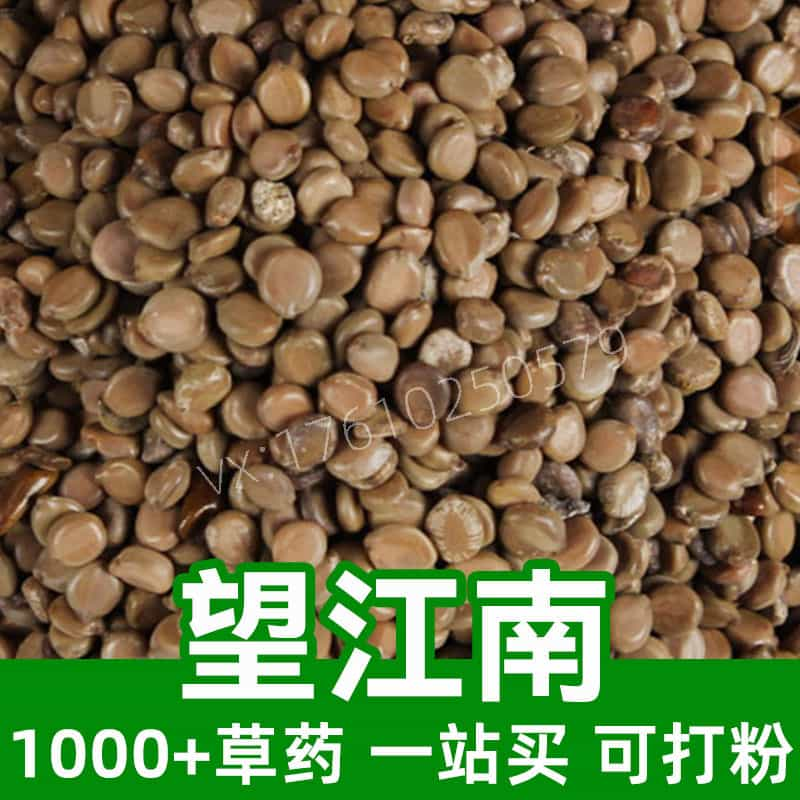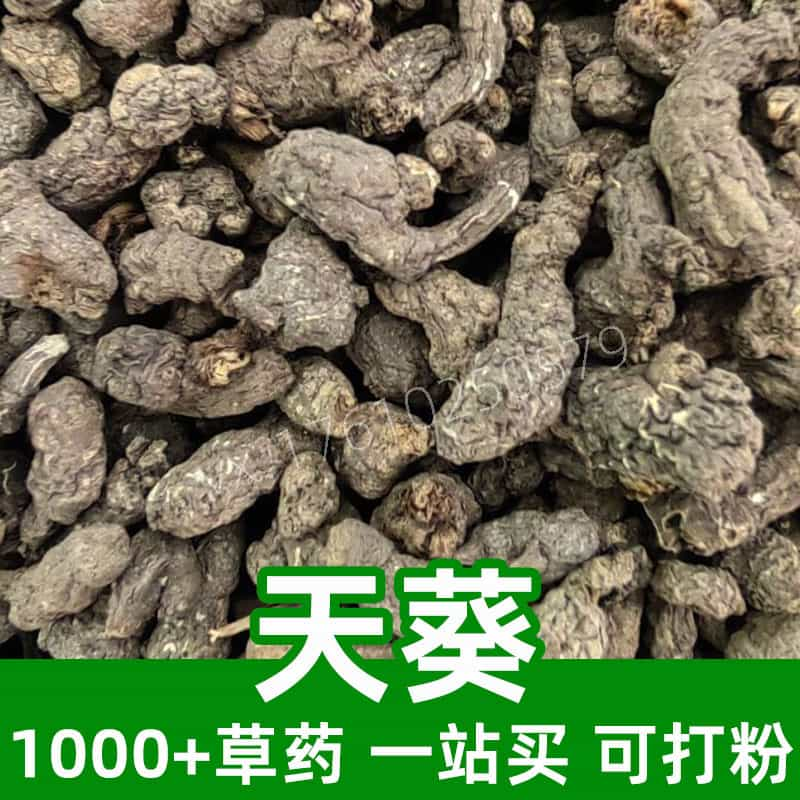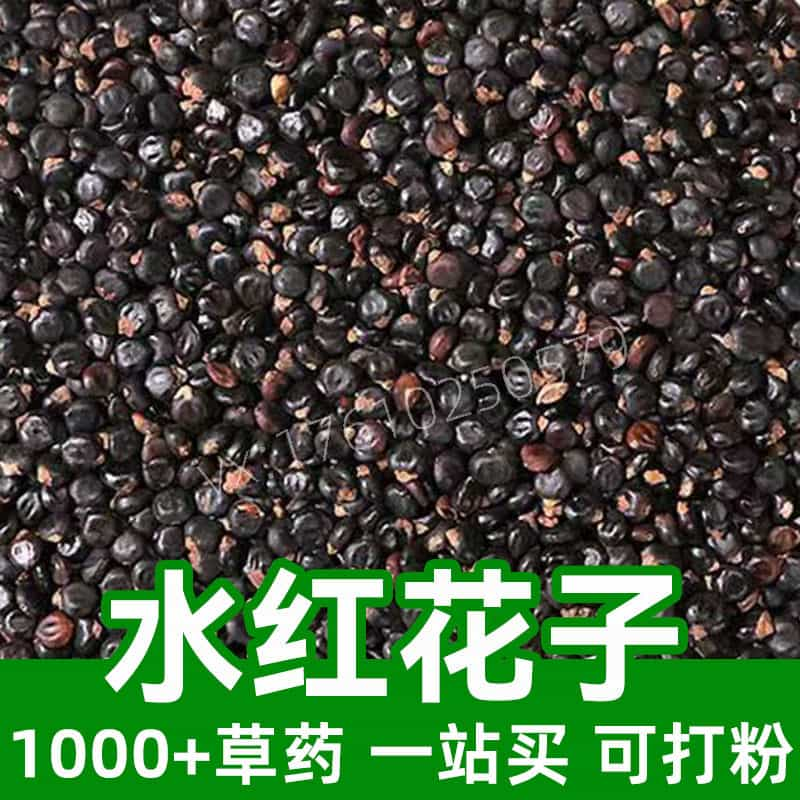Product Summary
Agrimony, scientifically known as Agrimonia eupatoria, is a perennial herbaceous plant that has been utilized in various traditional medicine systems for centuries. Known for its distinctive yellow flowers and feathery leaves, agrimony can grow to a height of 1 meter and is commonly found in Europe, Asia, and North America. The herb is traditionally associated with numerous applications in herbalism, particularly in digestive health and detoxification practices.
Its rich composition includes flavonoids, tannins, and volatile oils, which contribute to the herb's therapeutic properties. Historically, agrimony has been used in folk medicine for its astringent qualities and potential benefits to the digestive system. The various components offer synergy that can aid in promoting overall wellness. Although modern research is still exploring the exact mechanisms and efficacy of agrimony, its longstanding reputation within traditional herbal medicine underscores its value.
Agrimony is available in various forms, including dried herbs for infusion into teas, capsules, and tinctures. The herb's mild flavor enhances its appeal in culinary applications, particularly in herbal blends. When considering agrimony for personal use, it is essential to take note of preparation methods and recommended dosages to ensure safe and effective application.
Main Active Ingredients
Agrimony is rich in a variety of active ingredients that contribute to its traditional uses. Some of the key components include:
- Flavonoids: These are plant-based compounds recognized for their antioxidant properties. In agrimony, flavonoids such as quercetin and kaempferol have been identified, potentially offering benefits such as reducing oxidative stress and supporting overall health.
- Tannins: Agrimony contains a significant amount of tannins, particularly in the leaves and stems. Tannins are known for their astringent properties, which could help in tightening tissues and reducing secretions, especially in the gastrointestinal tract.
- Essential Oils: Agrimony contains various essential oils that contribute to its distinctive aroma and may provide additional therapeutic properties. Volatile compounds such as chamazulene may possess anti-inflammatory characteristics and other beneficial effects.
- Organic Acids: Compounds like citric acid can be found in agrimony, which might contribute to its flavor profile and potential health benefits.
These active ingredients work in harmony, supporting the herb's traditional use as a digestive aid, promoting detoxification, and maintaining general wellness. While further research is required to fully elucidate the benefits of agrimony, its historical applications resonate in contemporary herbal practices, making it a valuable herb in both traditional and modern uses.
Product Application Scenarios, Usage, and Dosage
Agrimony has a rich history in traditional Chinese medicine (TCM), where it is valued for its various applications. Its astringent properties make it suitable for use in digestive tonics, and it is often recommended to help manage issues related to diarrhea, excess phlegm, or other conditions linked to an imbalance in the digestive system.
Usage in Traditional Chinese Medicine
Within TCM, agrimony is understood to act primarily on the spleen, liver, and stomach channels. Herbalists may recommend agrimony as part of a formulation to help balance bodily energies, support digestion, and promote overall health.
Herbal Preparations
Agrimony can be prepared in multiple forms, including:
- Infusion: Dried agrimony can be steeped in hot water to create an herbal tea, typically taken 2 to 3 times a day. A standard infusion is made using 1 teaspoon of dried herb per cup of water.
- Tincture: Herbal tinctures can be prepared by soaking agrimony in alcohol or glycerin. Dosage may vary but is often around 1 to 2 milliliters, taken several times a day.
- Capsules and Powders: Agrimony is also available in capsule form, with recommended dosages often ranging from 300 to 500 mg, taken 1 to 3 times daily.
While agrimony is considered generally safe for most individuals, proper dosages are crucial for effectiveness. Consulting with a qualified herbalist before starting any new herbal regimen is always advised, especially for those on existing medications or with underlying health conditions.
Introduction to the Source Plant, Distribution, and Growth Environment
Agrimony (Agrimonia eupatoria) is primarily found in temperate regions throughout Europe, Asia, and parts of North America. It typically grows in well-drained soils and is often located in grassy areas, along roadsides, and near hedgerows.
Plant Characteristics
The agrimony plant can reach a height of 1 meter, featuring deeply serrated, lance-shaped leaves arranged alternately on the stem. Its flowering period occurs in late spring to early summer, where it produces elongated spikes of tiny, yellow flowers, making it a visually distinctive herb.
Growth Environment
Agrimony thrives in a variety of environmental conditions, although it prefers areas with partial to full sunlight and a moderated climate. It is resilient and can adapt to different soil compositions, although it tends to flourish in nutrient-rich, slightly alkaline soils. This adaptability, combined with its rustic charm, allows for easy identification in the wild.
From its favored habitats to its unique morphology, understanding the growth environment of agrimony can provide insights into its cultivation practices, sustainability, and collection in herbal medicine. Its easy propagation through seed germination adds to its popularity among herbal enthusiasts and practitioners alike, further embedding agrimony within the context of traditional practices and modern herbalism.
Harvesting, Processing, and Storage
Harvesting agrimony is an important step in ensuring its quality and efficacy as a herbal product. The best time to collect the plant is during its flowering period, which typically occurs between late spring and early summer.
Harvesting Techniques
When harvesting agrimony, care should be taken to select the aerial parts of the plant—the leaves and flowers. These parts contain the highest concentrations of beneficial compounds. It is advisable to use clean, sharp scissors or garden shears to cut the stems just above the first set of leaves, minimizing damage to the plant and allowing it to regenerate for future harvests.
Processing
Once harvested, agrimony must be properly processed to maintain its quality. The plant should be laid out in a single layer in a well-ventilated area, shielded from direct sunlight to prevent degradation of its active compounds. The drying process can take several days, after which the dried herb can be stored for future use.
Storage Recommendations
To preserve the potency of dried agrimony, it should be stored in an airtight container in a cool, dark place. Glass jars or vacuum-sealed bags work best to minimize exposure to moisture and air, which can lead to degradation over time. Properly stored agrimony can maintain its effectiveness for up to two years.
In conclusion, understanding the thorough processes of harvesting, processing, and storing agrimony aids in appreciating the herb's historical context and its continued relevance in herbal practices today.
Monica Sun is a seasoned expert in the natural raw materials industry, with over a decade of experience specializing in traditional Chinese medicinal herbs, spices, and fungi. She is skilled in the sourcing, processing, and application of these materials, emphasizing sustainability and innovation. Monica Sun has contributed to the development of high-quality natural raw materials that serve as essential components in functional foods, pharmaceuticals, and cosmetics, delivering tailored solutions to meet diverse market needs.














